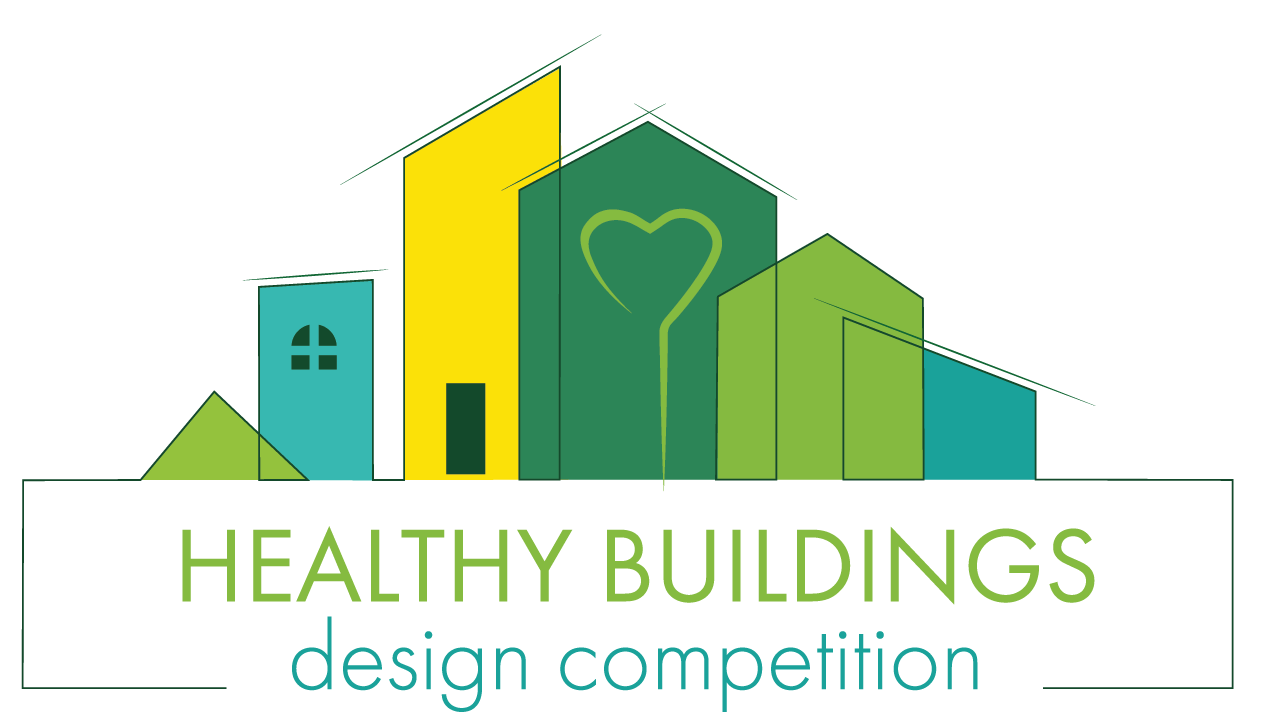THE COMPETITION AT A GLANCE
Initiated in 2022 by the Federation of European Heating, Ventilation and Air Conditioning Associations (REHVA), the Healthy Buildings Design Competition (HBDC) is a university-level student competition for healthy, comfortable, energy-efficient, and resource-responsible architecture and engineering in the building sector. In this 2025 edition the focus in on primary schools, particularly on the renovation of primary schools built during the baby boom of the 1960-1970s across Europe. While some have undergone renovations, many still lack the care and attention needed. It's time to reimagine and redesign these educational spaces to meet the evolving needs of users, create comfortable and sustainable environments, and ensure resilience in the face of future challenges.
The HBDC25 Organization aims to motivate university teams to engage in the HBDC25 and register before 14 October 2024. The challenge posed to teams participating in the HBDC25 is to design the renovation of a primary educational building skilfully in a cost-effective manner. The goal is to achieve an appealing result that prioritizes enhanced health and energy efficiency. All this is to be accomplished before 17 February 2025.
The official language for the HBDC25 Competition is English. The present document will be the basis for the competition.
A pivotal long-term objective of the Healthy Building Design Competition is to foster the creation of healthy, cost-effective, and highly energy-efficient buildings powered by renewable sources. In collaboration with the designated HBDC25 Host City, Milan, Italy, up to three projects will be nominated and invited to 15th REHVA HVAC World Congress in Milan (June 4th to 6th, 2025) to publicly present their proposals. The HBDC25 winner from the nominees’ shortlist will be publicly announced in an award ceremony during the REHVA HVAC World Congress.
